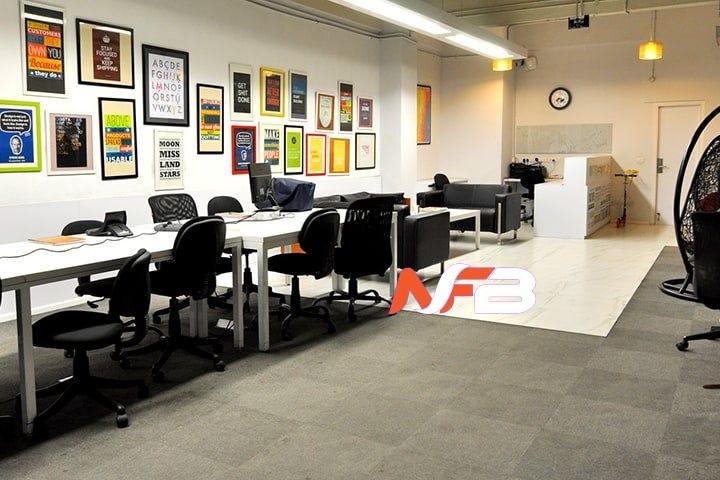Coworking spaces have emerged as a vibrant solution for freelancers, entrepreneurs, and increasingly, employees from larger organizations looking for flexibility and community. These environments provide a cost-efficient shared workspace that fosters collaboration and networking among diverse professionals. We will explore the concept of coworking spaces, highlighting their significance in the modern work landscape and their role in promoting a new way of working outside traditional office settings.
The Evolution of Coworking Spaces
Coworking originated in the early 2000s as a response to the isolation experienced by freelancers and remote workers. Over the years, these spaces have evolved from simple shared environments to sophisticated hubs offering a range of amenities and services. Today, coworking spaces cater to a wide variety of professionals and include amenities such as high-speed internet, conference rooms, private offices, communal kitchens, and even wellness areas. This evolution reflects a growing acknowledgment of the importance of flexible work environments that support social interaction and professional networking.
Read Also:- Workspace: Furnish Your Office in Style
Benefits of Coworking Spaces
Coworking spaces offer numerous benefits that appeal to individuals and businesses alike. For freelancers and remote workers, these spaces provide a sense of community and structure that can enhance productivity and reduce feelings of isolation. For startups and small businesses, the flexibility to scale up or down without the financial burdens of traditional office leases is a significant advantage. The networking opportunity is also invaluable, as coworking spaces often host professionals from various industries, potentially leading to collaboration and business opportunities.
Design and Layout of Coworking Spaces
The design and layout of coworking spaces are critical in fostering an environment conducive to work and collaboration. Effective design goes beyond aesthetics, focusing on functionality and comfort. Many coworking spaces are designed to promote interaction through open-plan layouts while also offering private areas for focused work. Natural light, ergonomic furniture, and communal areas are all carefully considered to enhance productivity and well-being among users.
The Community Aspect of Coworking Spaces
One of the most compelling aspects of coworking spaces is the community environment they promote. These spaces are built around community and collaboration rather than just co-location. Regular events such as workshops, seminars, and social gatherings help foster a sense of belonging and provide opportunities for professional growth and personal connections. The community managers in coworking spaces play a crucial role in cultivating a vibrant community by facilitating interactions and ensuring members have a productive and enjoyable experience.
Challenges Associated with Coworking Spaces
While coworking spaces offer many advantages, they also require management. Privacy and noise can be significant concerns in open-plan environments, potentially impacting productivity. Managing these challenges requires thoughtful design choices, such as soundproofing areas and providing quiet zones. Additionally, the variability in occupancy can lead to financial instability for coworking space providers, requiring innovative business models to maintain profitability.
Technology Integration in Coworking Spaces
In today’s digital age, technology integration is vital for the success of coworking spaces. High-speed internet is necessary, but many spaces now incorporate advanced technologies like smart boards, virtual meeting rooms, and cloud services. These technologies enhance the space’s functionality, allowing users to work efficiently and stay connected with global teams. Technology also plays a role in managing the space, with systems in place for booking resources, accessing the facility, and even networking within the community.
WorkspacesEnvironmental Sustainability in Coworking Spaces
As environmental concerns become more prominent, many coworking spaces are prioritizing sustainability. This includes utilizing energy-efficient appliances, reducing waste, and selecting eco-friendly building materials. By promoting sustainability practices, coworking spaces contribute to environmental conservation and attract like-minded professionals who value responsibility towards the planet.
Read Also:- Workspaces
Conclusion: The Future of Coworking Spaces
Coworking spaces represent a significant shift in how the modern workforce interacts with the work environment. As the demand for flexibility and community grows, coworking spaces will likely play an increasingly important role in the business ecosystem. The future of coworking in Jersey City looks promising, with an expected increase in their integration into residential and retail areas, expanding the accessibility and utility of these dynamic work environments. With their ability to adapt to the changing needs of the workforce, coworking spaces are not just a passing trend but a sustainable model for the future of work.











Leave a Reply